A Sip of Culture in Every Cup
Have you ever noticed how a simple teacup can tell a story? In Japan, it can whisper centuries of tradition, reflect regional artistry, and elevate a quiet moment into something profound. Whether you're sipping sencha (煎茶) on a sunny afternoon or preparing matcha (抹茶) with care, the vessels you use matter more than you might think.
Why Japanese Tea Sets Matter
Japan’s tea culture is a delicate dance of nature and human touch. A tea set consisting of cups, teapots, canisters, trays, and tools is more than the sum of its parts. It reflects shibui (渋い, understated elegance), wabi-sabi (侘寂, finding beauty in imperfection), and mottainai (もったいない, a sense of mindful use).
Japanese tea sets also embody the concept of omotenashi (おもてなし, wholehearted hospitality). Whether shared with guests or enjoyed alone, the act of preparing tea with care is a way to express respect and gratitude, deepening connections and turning everyday routines into meaningful rituals.
The Components of a Japanese Tea Set
- Kyusu (急須): A side-handled teapot designed for brewing loose-leaf green teas like gyokuro (玉露) and sencha.
- Yunomi (湯のみ): Everyday tea cups, taller and more casual than chawan.
- Chawan (茶碗): Bowls used for preparing and drinking matcha.
- Tea Caddy / Canister: Often made of wood or metal, including ornate washi-wrapped versions.
- Chashaku (茶杓): A bamboo scoop for powdered tea.
- Chasen (茶筅): A bamboo whisk for blending matcha.
- Chakin (茶巾): Linen cloth for ritual cleaning.
- Tea Tray: Known as chapan (茶盤) or keura trays.
- Natsume (棗) and Chaire (茶入): Used for thick tea in formal ceremonies.
Did you know? The choice of cup or bowl often changes with the season, larger chawan retain heat in winter, while smaller ones are better for summer.
Types of Japanese Tea Sets: Traditional vs. Vintage
Traditional sets are ideal for daily use or tea ceremonies and are known for elegant simplicity and sturdiness. Vintage sets offer rare materials, historical charm, and unique designs, perfect for collectors or special occasions. Traditional sets are often more affordable, while vintage items may be costlier and require extra care.
Craftsmanship and Character: The Heart of Handmade Teaware
From earthy raku ceramics (楽焼) to delicately glazed Arita porcelain (有田焼), every piece tells a story of region and skill.
- Tokoname teapots: Valued for rich clay and functional form.
- Washi tea canisters: Blend tradition and beauty.
- Bamboo basketry: Adds warmth and nature to tea settings.
Look for marks or hanko (判子) that signify the artisan’s touch. Hand-painted motifs and natural textures reflect wabi-sabi (beauty in imperfection).
Ceramic vs. Porcelain: Choosing the Right Material
Ceramic: Thick, earthy, heat-retaining, ideal for green teas and rustic charm.
Porcelain: Thin, smooth, refined, suitable for elegant experiences and delicate flavors. Choose ceramic for tradition, porcelain for elegance.
Cultural Significance: Beyond the Cup
The Japanese tea set plays a vital role in the tea ceremony (chanoyu, 茶の湯), grounded in Zen philosophy. Teas like sakuracha (桜茶) and genmaicha (玄米茶) also mark life moments, from weddings to meals. Gifting a set in furoshiki (風呂敷) wrapping expresses care and gratitude.
A Matcha Starter Set for Beginners
 How to Brew Japanese Tea Using Your Tea Set
How to Brew Japanese Tea Using Your Tea Set
- Warm your teacups: Pour hot water in and discard.
- Measure tea: One teaspoon per person.
- Cool water: Pour into cups, then into teapot.
- Steep and serve: Pour evenly into each cup. The "golden drop" at the end is most aromatic.
Authenticity and What to Look For
- Materials: Clay, porcelain, lacquerware from Arita, Kyoto, or Seto.
- Finish: Smooth and finely detailed.
- Design: Hand-painted or natural textures.
- Labels: “Made in Japan” + Japanese characters.
- Craftsmanship: Balanced, ergonomic shapes.
Tip: Beware of prices that seem too low, they may signal mass production.
Caring for Your Japanese Tea Set
- Rinse with warm water only; avoid soap on unglazed ceramics.
- Dry thoroughly to avoid water spots.
- Avoid dishwashers or abrasives.
- Store in a dry area with padding to prevent scratches.
- Ensure full dryness before storage to prevent mold.
Conclusion: A Taste of Japanese Culture in Your Hands
Whether you’re a seasoned tea lover or a curious newcomer, exploring authentic Japanese tableware connects you to a centuries-old tradition that still feels beautifully relevant today. Start with a simple yunomi or a handcrafted kyusu, brew your favorite green tea, and savor the moment. The vessels might become as beloved as the tea itself.


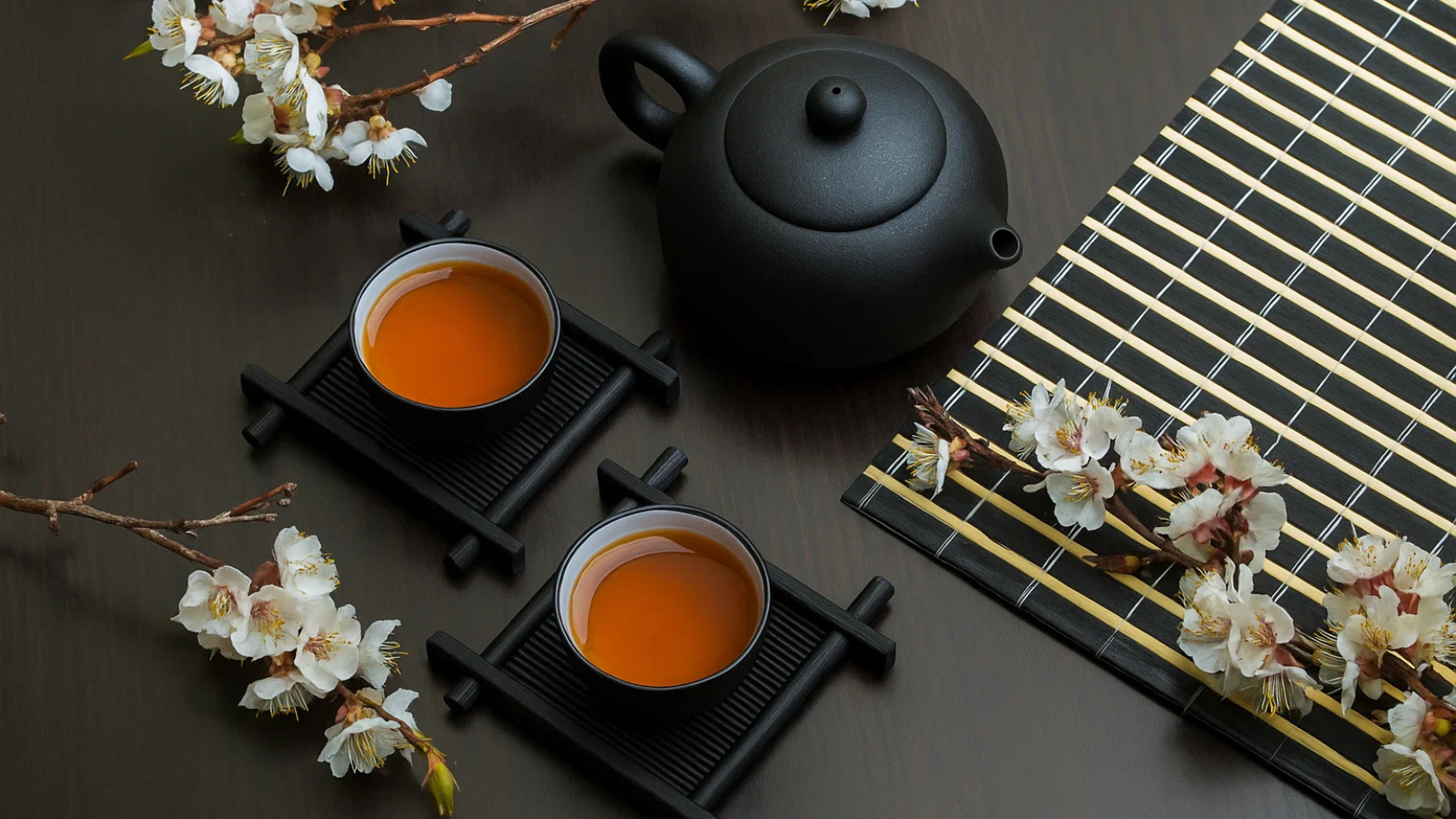

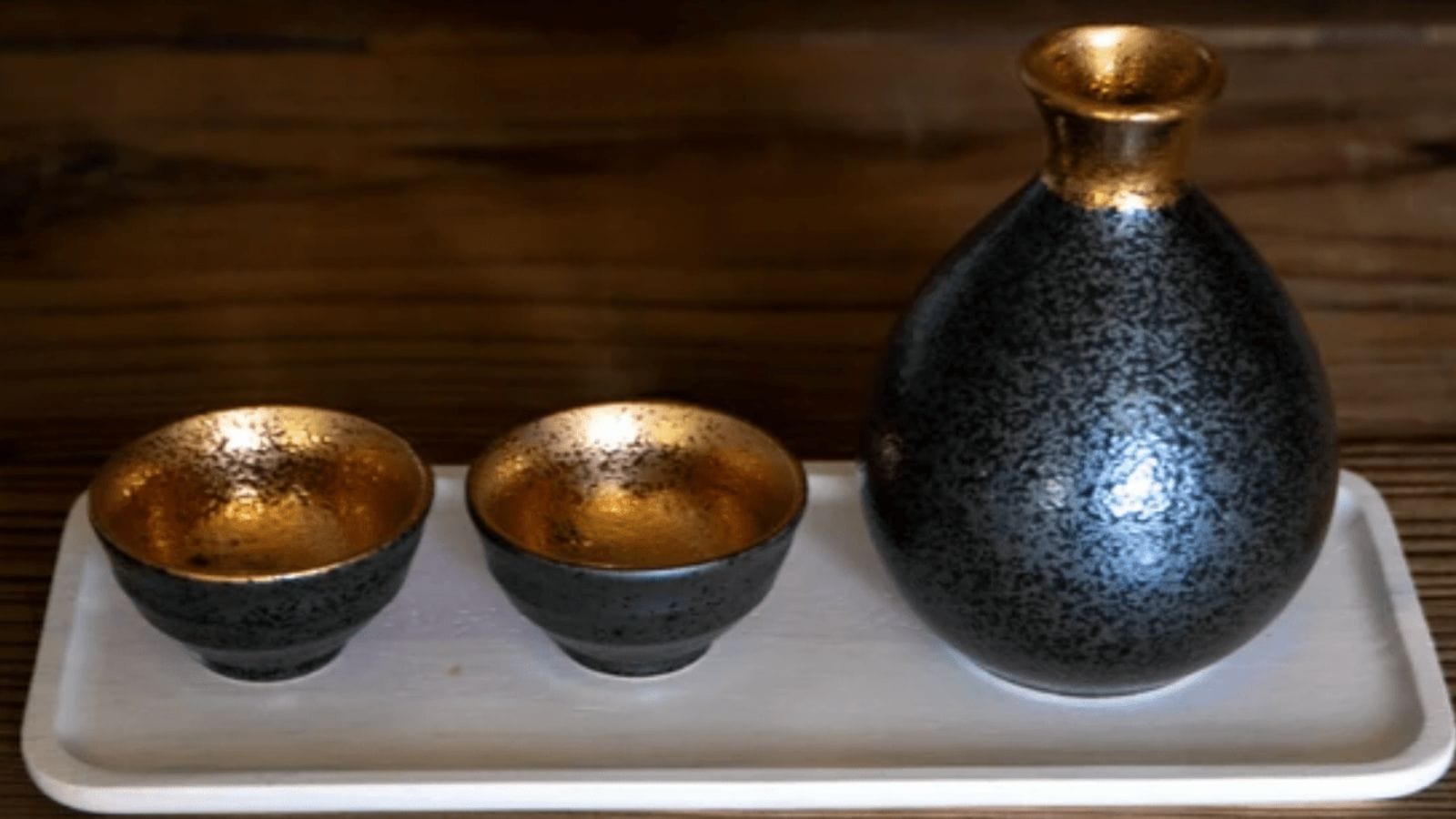
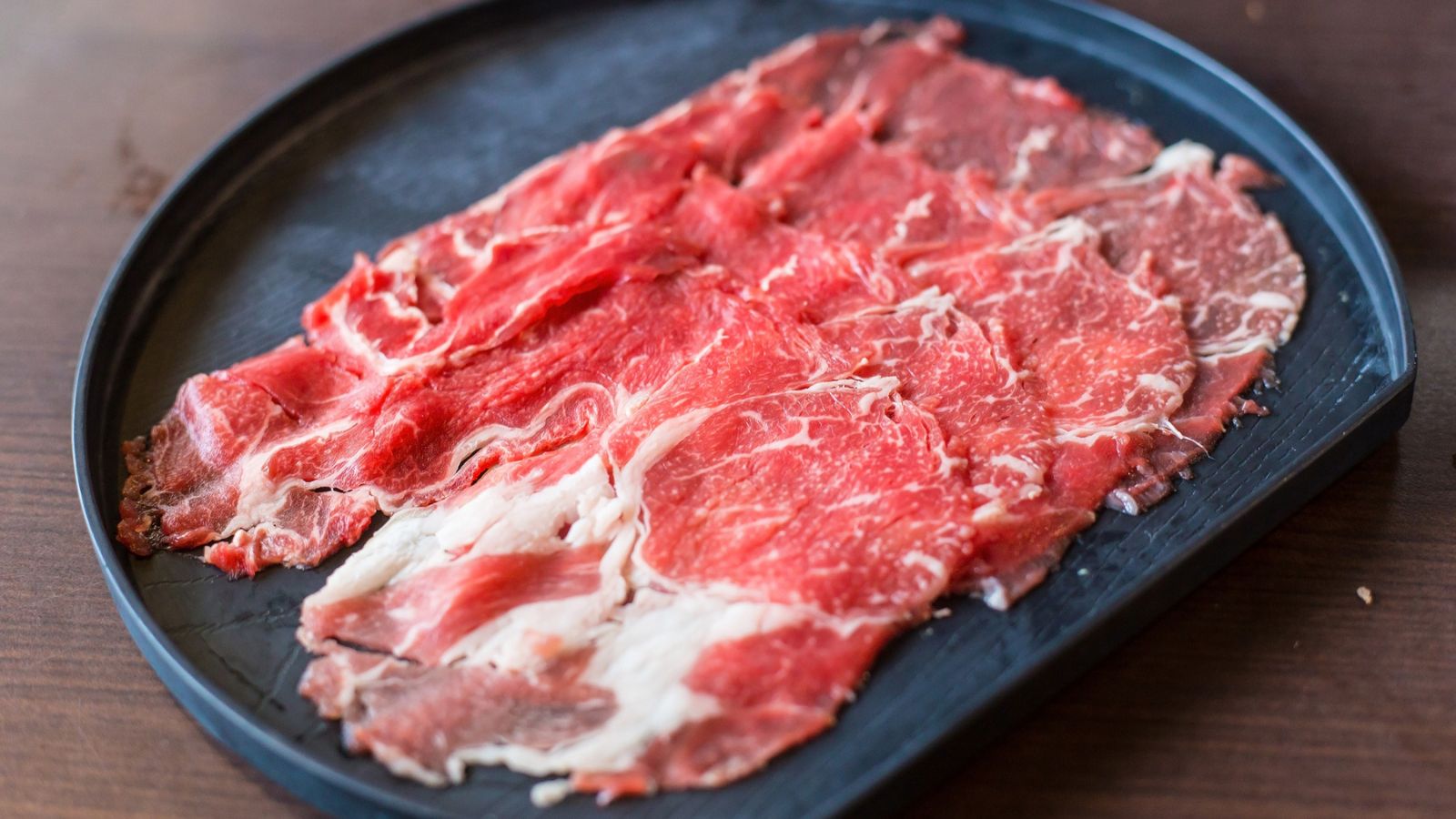
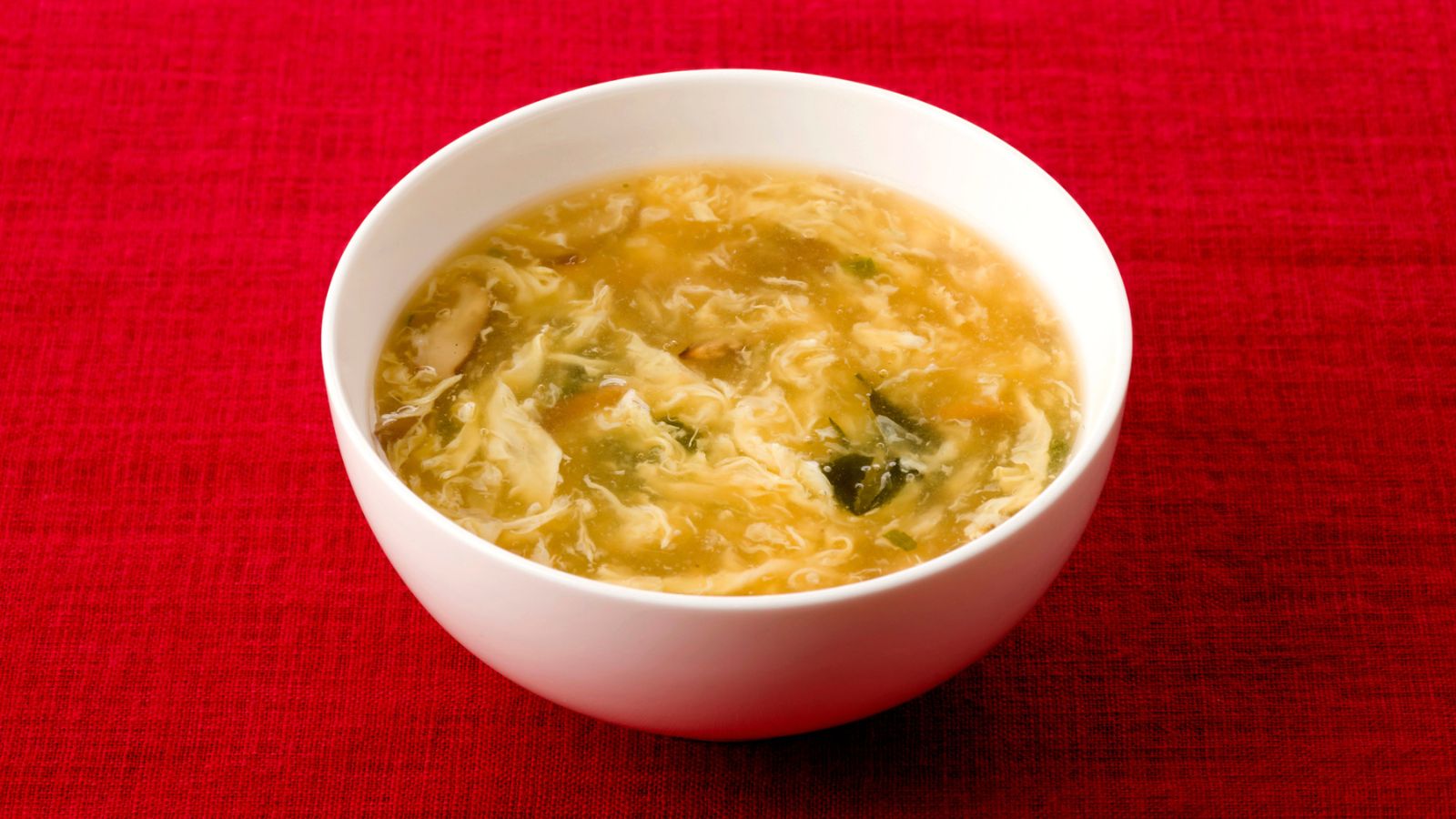
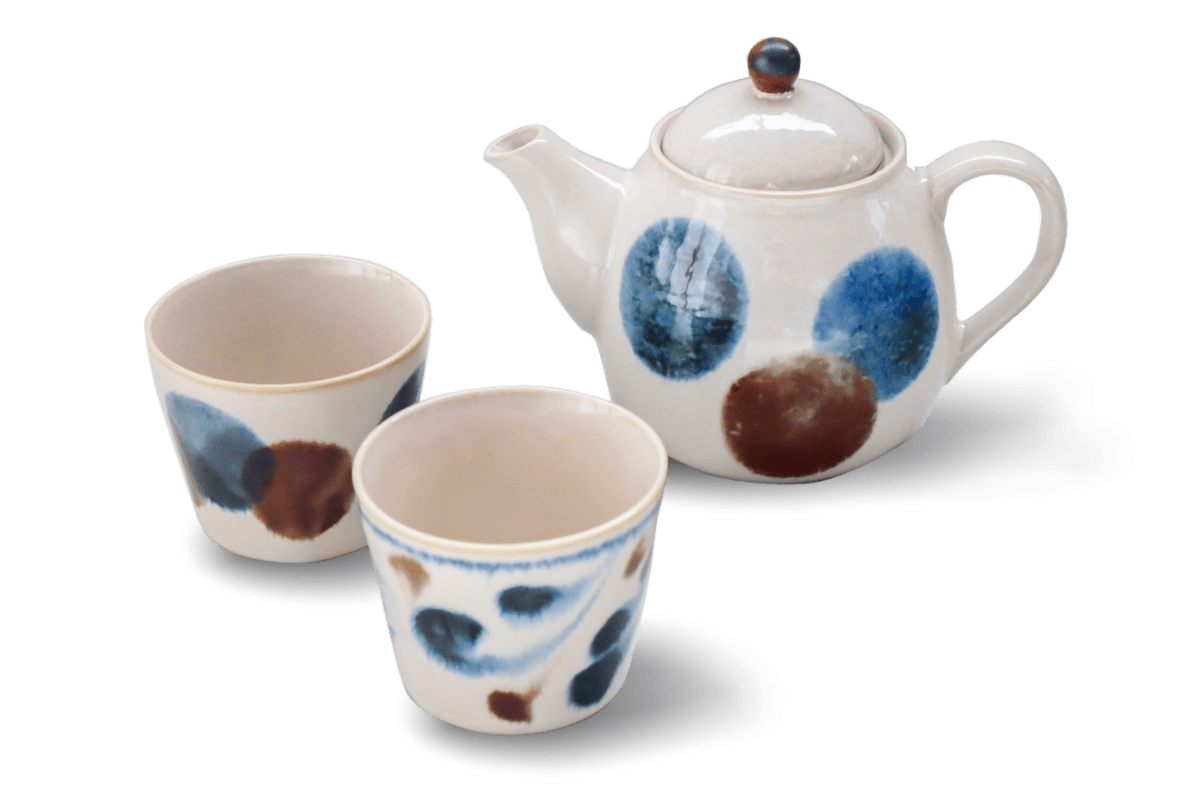
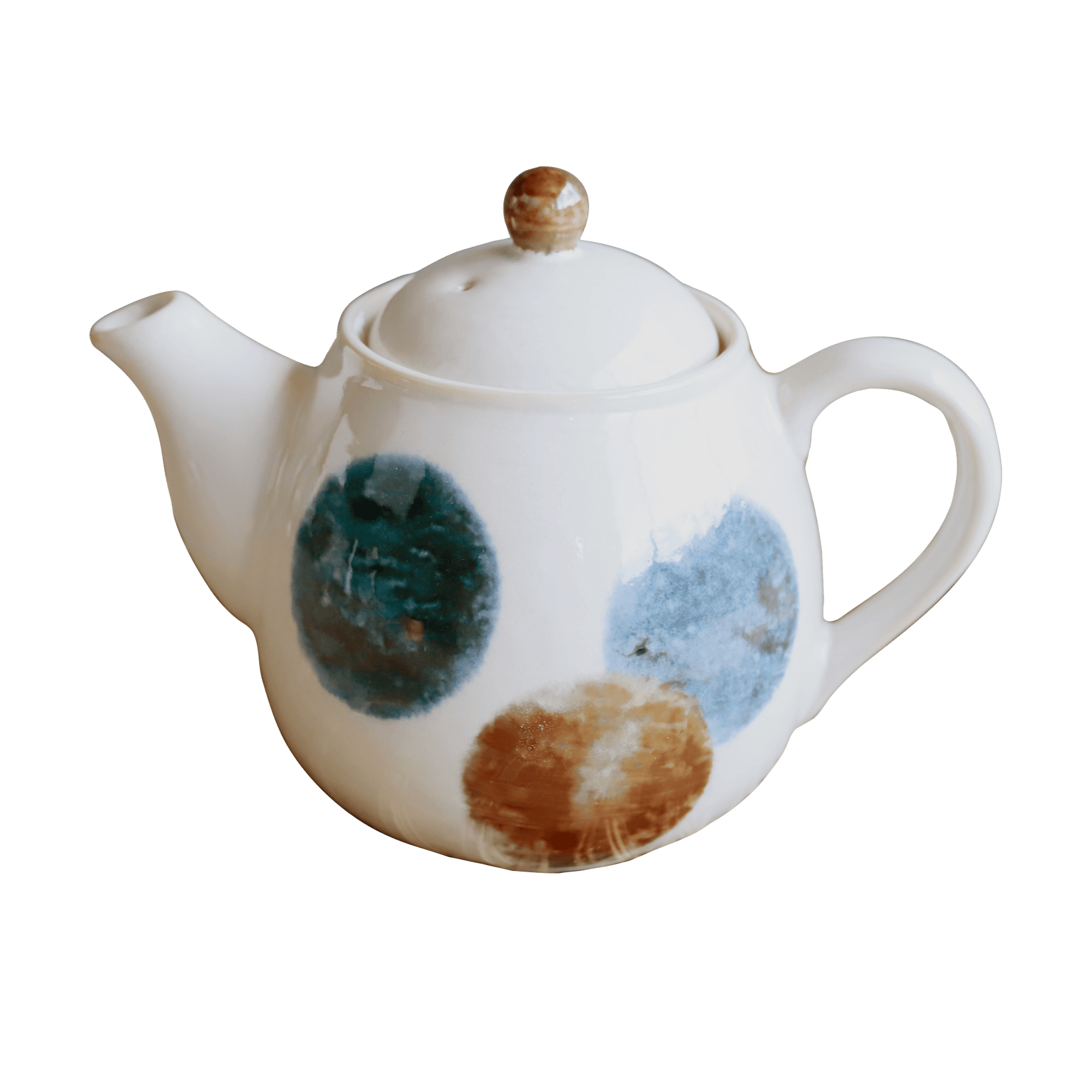

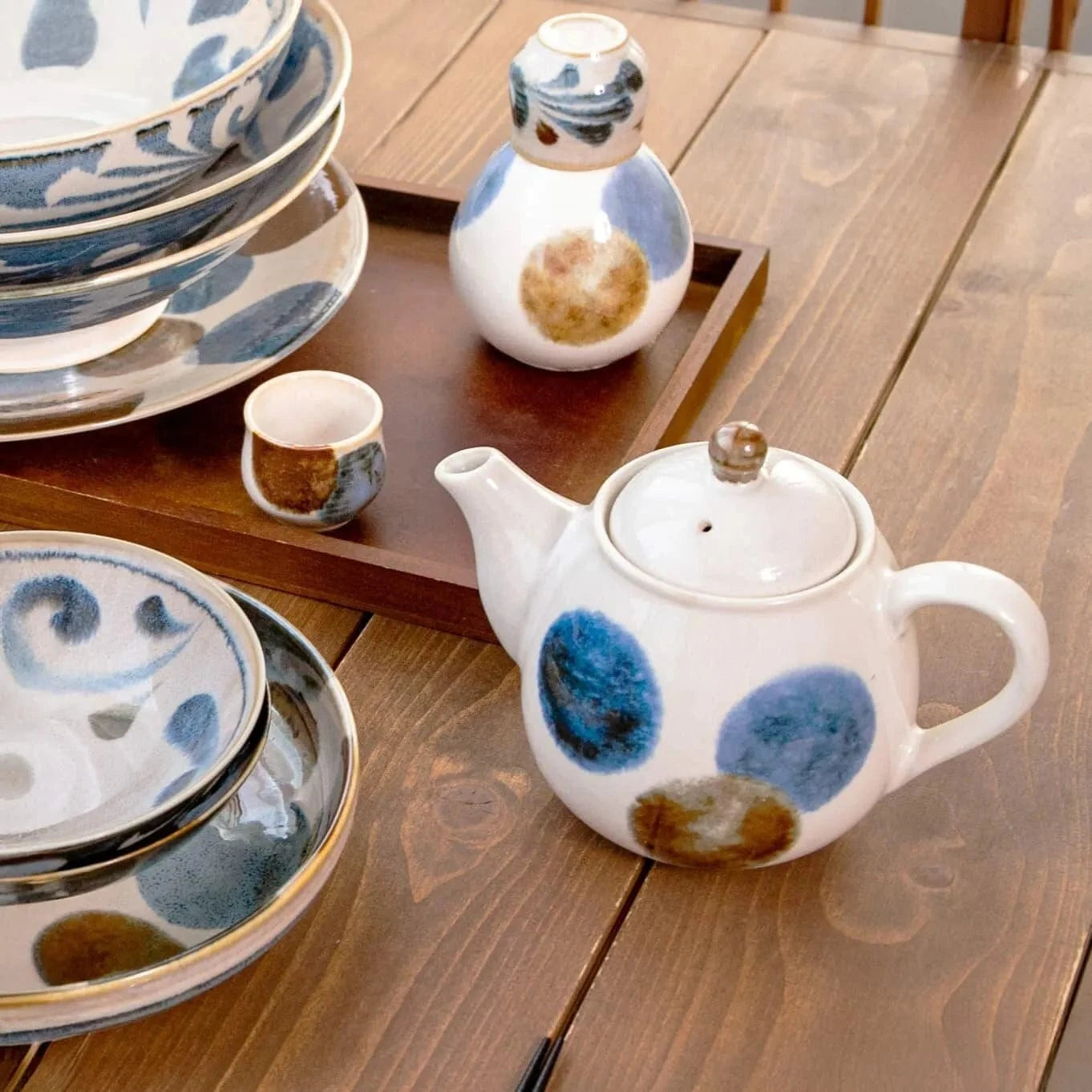
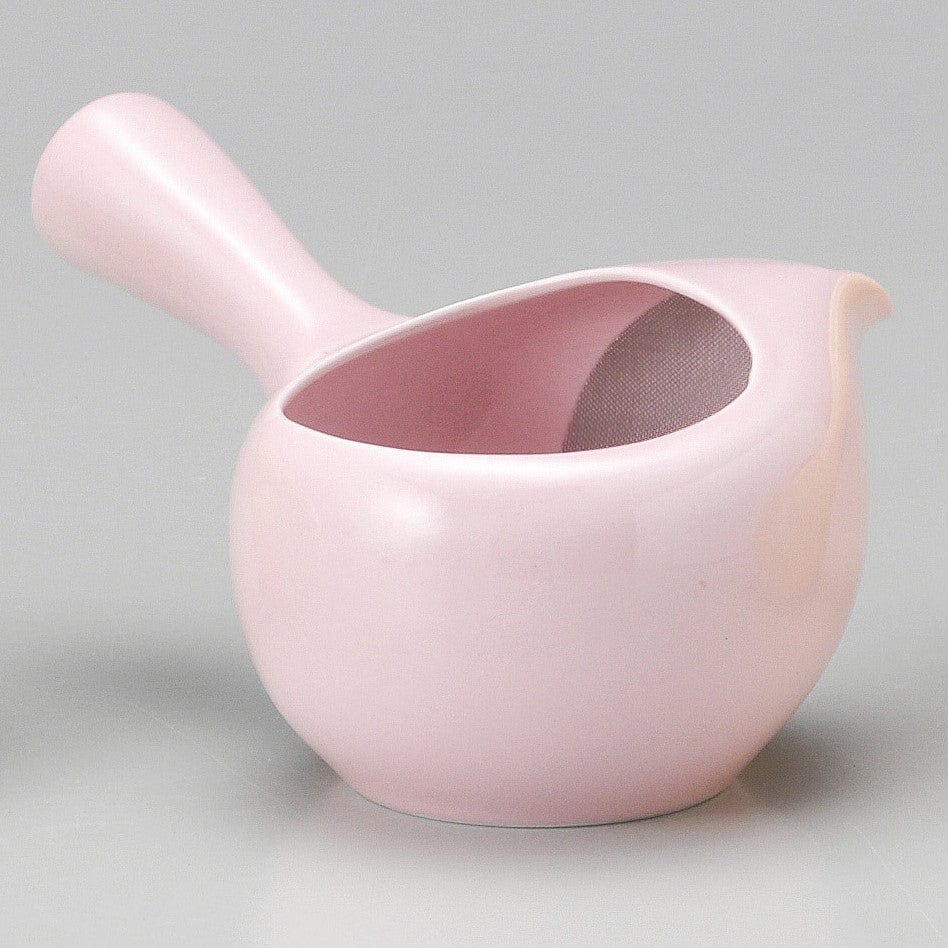
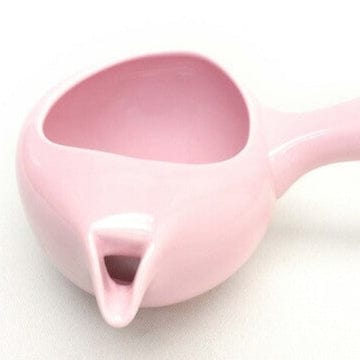
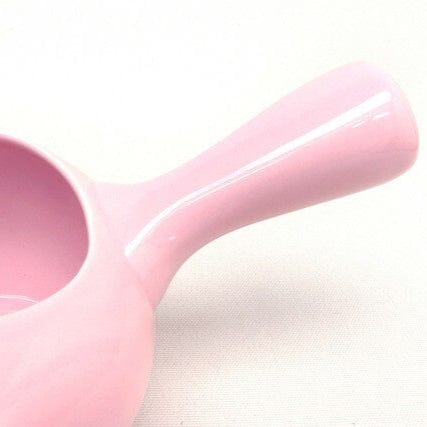
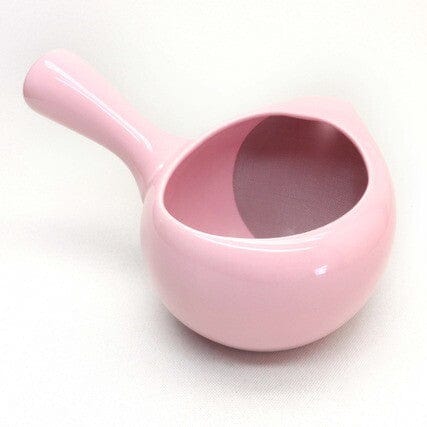
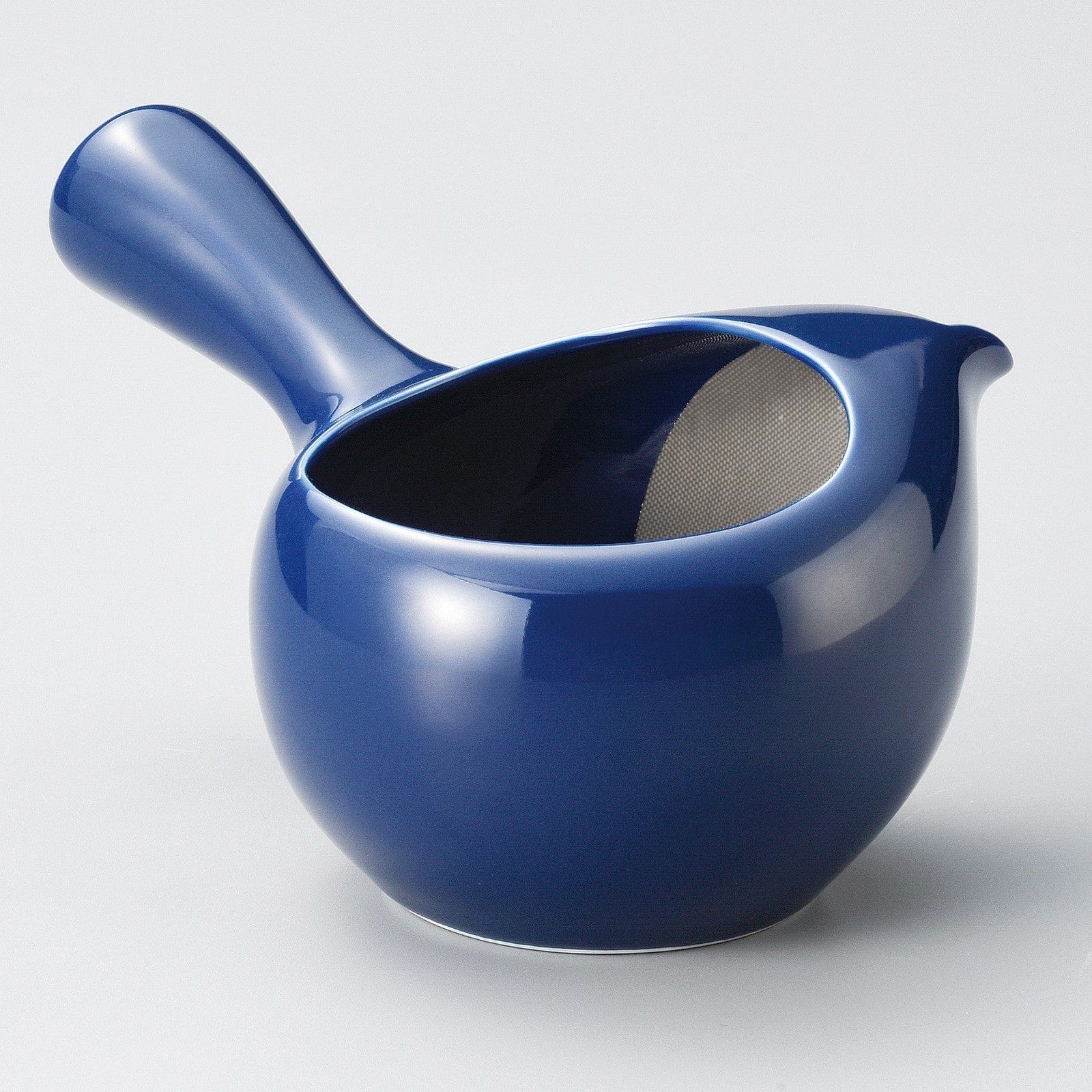
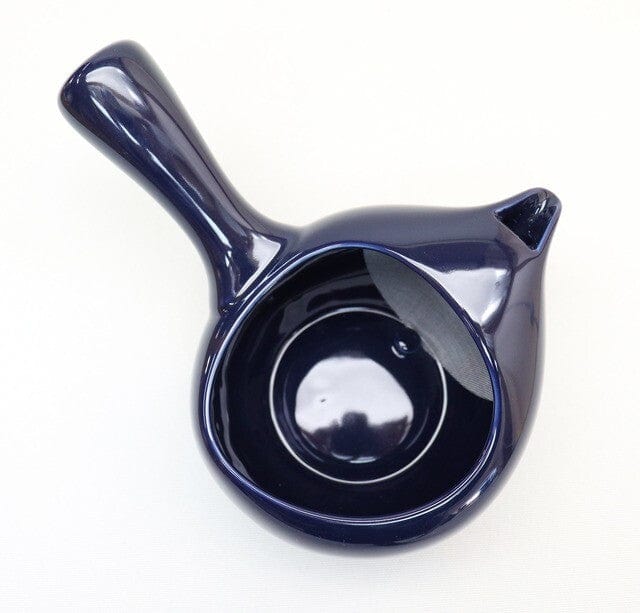

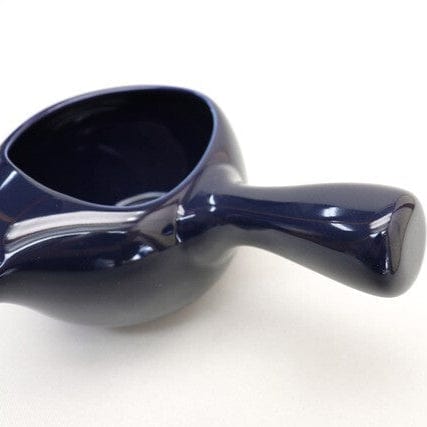
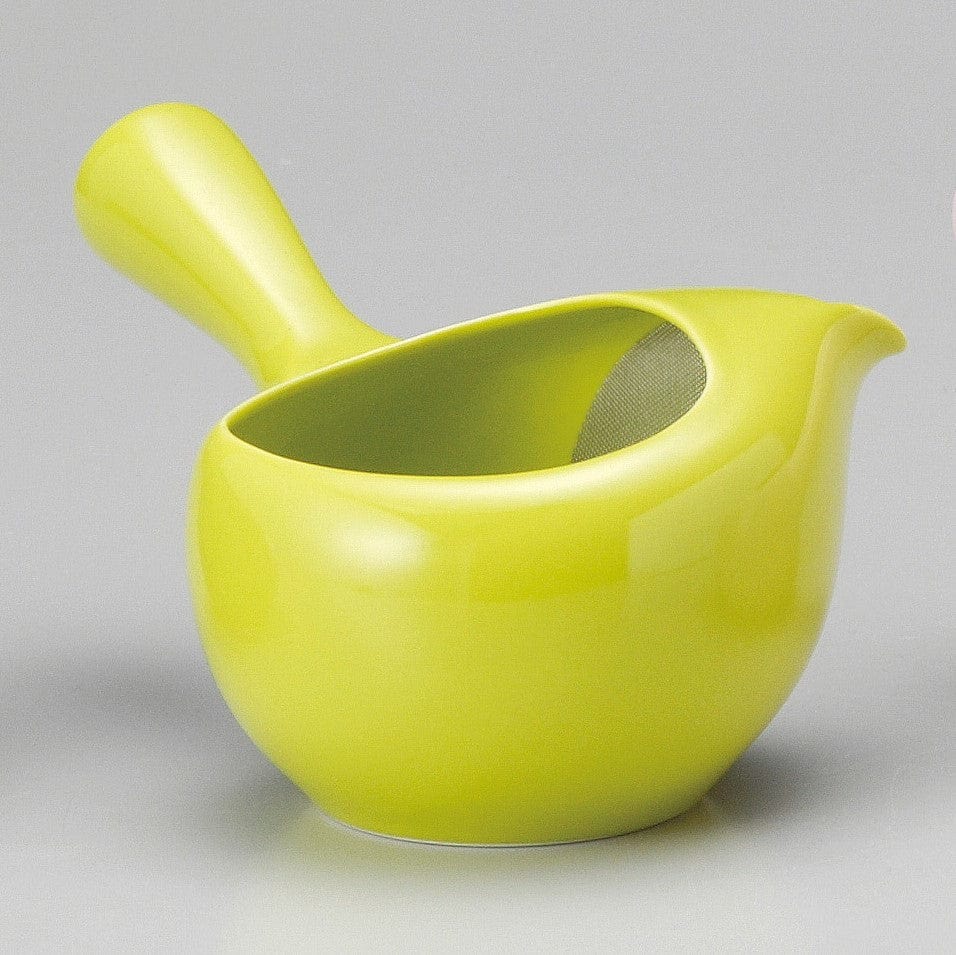
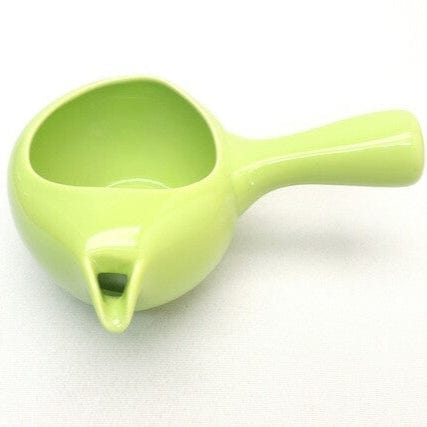
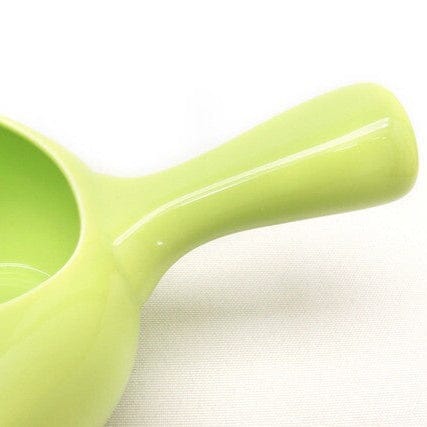
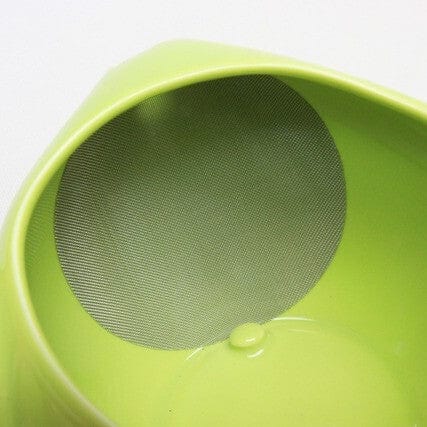
Share: